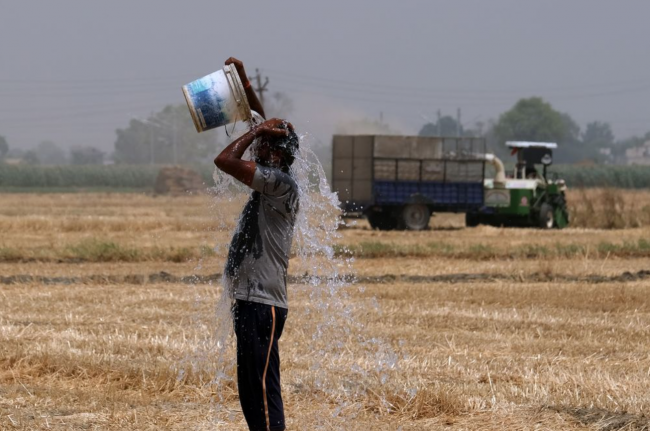Articles Menu

Jun 28, 2022
Climate change is outpacing scientific efforts to tally its widespread costs, particularly in the low- and middle-income countries seeing some of the worst effects. A new overview of weather disasters and the role of climate change within them reports grotesque inequality in the amount of information available from country to country, and recommends investment in local expertise to close the gap.
As a result of sometimes scant information, scientists are having trouble assembling a system-wide look at how climate change is affecting people globally, according to the research published today in the new journal Environmental Research: Climate.
The differences in data collection are particularly striking for heat waves, which are more or less all made worse by climate change, both in their averages and extremes. But that can’t be documented everywhere. Varying or missing definitions of a heat wave in some countries, and uneven national data collection, mean that the vast majority of heat waves and deaths related to them remain uncounted.
A key disasters database shows that of 157,000 documented heat-related deaths from 2000 to 2020, just 6.3% of them occurred in countries — many of them tropical — that are home to 85% of humanity and 60% of Earth’s land. That’s a result of poor measurement, not an absence of heat waves.
“There are — in total, ever recorded — 11 heat waves [documented to have occurred] on the African continent,” said Friederike Otto, a senior lecturer in climate science at Imperial College London and leader of the group World Weather Attribution, who is a co-author of the new paper. Only three of these heat waves were recorded outside of the Maghreb in northwestern Africa: one each in Senegal, Sudan and South Africa. “That’s ridiculous,” Otto said.
The authors call for systematic global monitoring of extreme events, especially in countries where historical observations are absent and high heat is already common. They also want to build out expertise in attribution research itself. Standardizing the work ultimately will help refine the global picture of how people are affected. Finally, they want to take their analysis of weather hazards and feed it into a fuller study of climate risk, which, in addition to weather, also considers vulnerability of people, infrastructure and key economic sectors.
A more complete picture should help people and policymakers catch up with the pace of change. Climate-related events have already caused almost $2.2 trillion in damage in the first two decades of the century, according to conservative estimates.
“Having an awareness of the relative rates of change — how fast we expect things to change over the next couple of decades — is a really important thing when we’re weighing up the relative speed that we need to adapt as well,” said Luke Harrington, a senior research fellow at the New Zealand Climate Change Research Institute and a paper co-author.
While some lawyers are increasingly turning to climate attribution science as they pursue court cases against polluters, many industries do not appear to be engaging with documented specifics about how greenhouse-gas pollution is making hazards worse. The paper notes the potential use of attribution research in so-called “loss and damage” debates concerning who should pay for damage inflicted or made worse by climate change.
The study, they write, “is a basis for placing a price tag on the diverse impacts of climate change, with implications for mitigation [prevention] and adaptation considerations at all levels of decision-making.”